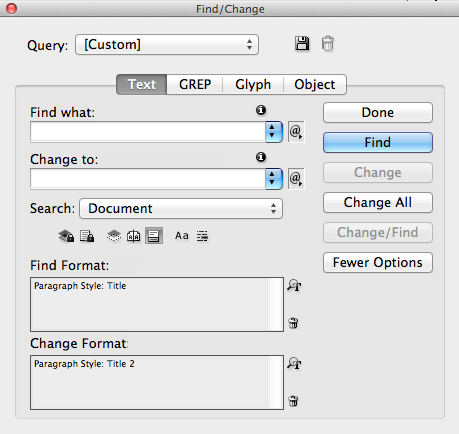10 Essential Tips for Working with Styles in InDesign
Use these 10 important tips to get the most out of text styles in InDesign.

Styles are an essential tool for formatting text efficiently and consistently. Here are 10 important tips for getting the most out of text styles in InDesign.
1. Pay Attention to Based On Styles. Every style you create in InDesign is based on another style. So when you change an attribute in a style, that change can be reflected in all the text formatted with styles based on it.

2. Be cautious about editing the definition of the [Basic Paragraph] style. If you make changes to [Basic Paragraph] and then copy and paste text into a document where the defintion of [Basic Paragraph] is different, the formatting of the text may change.

3. Use Next Style options. When creating a paragraph style, use the Next Style setting to specify which style is applied after the current style when you press Enter or Return.

4. Don’t double-click on styles. You can double-click on styles in the Paragraph or Character Styles panels to edit them, but it’s not a good idea since you might accidentally apply a style to text you have selected. Instead, right-click on a style and choose Edit Style from the contextual menu.

5. Apply a style while you create it. If you want a new style to be applied to selected text, select Apply Style To Selection.

6. Create a swatch for a style. When choosing a Character Color in the New Paragraph (or Character) Style dialog boxes, double-click the fill or stroke box to create a new color swatch.

7. Removing a color from a character style. You can edit a character style so it no longer applies a color to text, Command/Ctrl-click the color name.


8. Redefining a style. The fastest, most convenient way to change a style definition is to select text with the style you want to change, make the change, then choose Redefine Style from the Paragraph or Character Styles panel menu. Or even better, use the keyboard shortcuts Command+Shift+Option+R/Ctrl+Shift+Alt+R to redefine a paragraph style, and Command+Shift+Option+C/Ctrl+Shift+Alt+C to redefine a character style.

9. You can use the Find/Change dialog box to replace instances of a particular style with another. In the Find/Change dialog box, leave the Find What: and Change to: fields empty. Then click in the Find Format: and Change Format: fields below to specify the desired styles.

10. Break the Link to a style. To make text no longer formatted by a style, but leave the appearance unchanged, select the text and choose Break Link to Style from the panel menu.

This article was last modified on June 29, 2021
This article was first published on April 27, 2021




